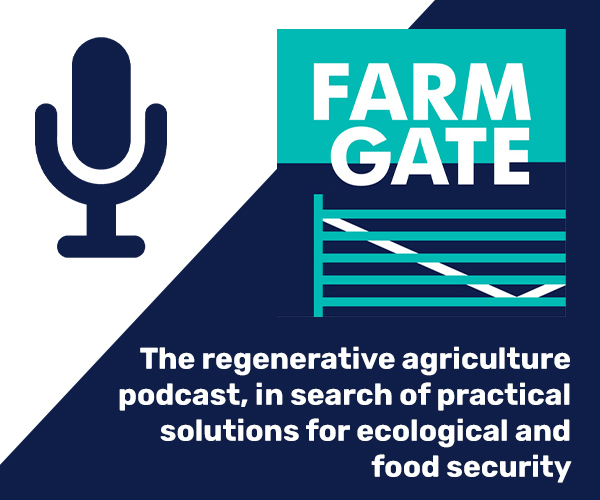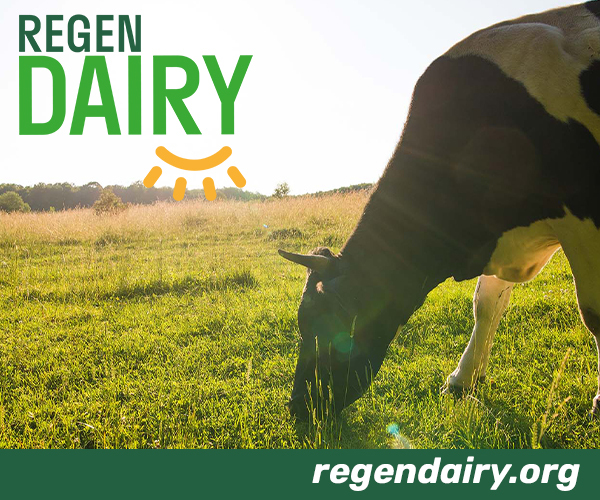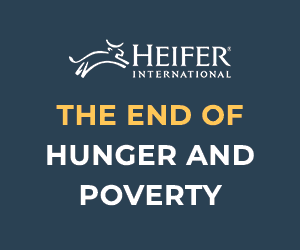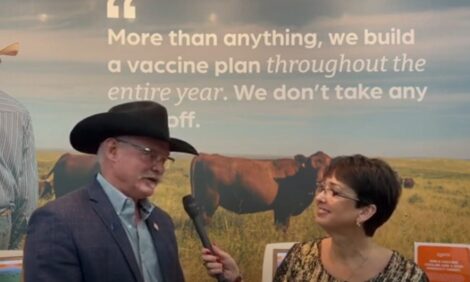



Ways to Reduce Cattle Sector Emissions Lie Within Reach
GLOBAL – Reducing the greenhouse gas (GHG) emissions of cattle, although urgent, is not difficult, as many technologies and methods lie within reach, says the World Food and Agriculture Organisation.Improving herd health, grassland management and turning slurry lagoons into anaerobic digestion plants are prescribed as methods which can reduce emissions in the cattle sector in the recent report Tackling Climate Change Through Livestock.
Updating the 2006 report Livestock’s Long Shadow, the latest release puts overall livestock emissions at 14.5 per cent of human induced GHG, of which 65 per cent is beef and dairy derived.
Processing feeds and enteric fermentation are the two biggest emissions sources of cattle.
This is greatest in low productivity systems, characterised by low feed digestibility, poor fertility and high mortality rates.
Within the sector, specialist beef production emits 35 per cent of cattle's emissions while dairy accounts for 30 per cent.
The FAO said dairy is more efficient because both meat and milk products can be attributed to mature breeding dairy stock.
*
"Beef and milk production have higher emission intensities in systems characterised by low productivity "
However, more developed cattle areas, such as Australia, New Zealand, Europe and the US, that have greater production efficiencies also had obstacles making herd inefficient and releasing GHG.
These related to factors linked to more intensive systems, such as emissions from feed processing, manure management in housed units, high energy usage and processing products after the farm.
The findings were welcomed by the International Dairy Federation (IDF) on the grounds that the paper discussed solutions, as well as problems.
“The livestock sector is extremely diverse and the path to sustainability requires different solutions,” said Sophie Bertrand, Chair of the IDF Standing Committee on Environment.
The diversity extends from breeds species to vastly different production climates and systems, she added.
Mrs Bertrand said: "The FAO recommendations will guide the continuous improvement of our sector practices towards more efficient, safe and responsible use of natural resources.”
Both the IDF and FAO would like to see cross governmental programmes to ensure sustainable food production.
Suggestions have included a mix of private and public initiatives, as well as calls from the FAO for more pro-active governance.
In terms of an industry response to mitigating emissions, Jeremy Hill, IDF President said: "Our sector is responsibly focused on providing consumers with the nutritious dairy products they want, in a way that is economically viable, environmentally sound and socially responsible.
“That's why IDF has been involved in key initiatives such as the Global Agenda of Action and the LEAP - Livestock Environmental Assessment and Performance - Project driven by FAO.
“It is instrumental for us to continue to work with FAO and stakeholders of the dairy chain to build consensus on the path towards sustainable food security through dialogue, consultation, and joint concerted global action programmes."
What Can Be Done to Reduce and Mitigate Emissions?
Improvements for South American Beef
Estimates suggest an 18-29 per cent reduction in GHG emissions is possible for South American beef, if land use problems, such as converting forested areas to pasture, are addressed.
The paper explained that deforestation causes one third of the South America’s GHG emissions, considerable bearing in mind that South American beef cattle emissions are 17 per cent of the world beef total.
*
"In Latin America and the Caribbean, one-third of the emissions from beef production are related to pasture expansion in forested areas"
For this reason, the FAO suggested improvements should start with pasture management, to capture carbon through sequestration and improve health and animal vitality.
Furthermore, major inefficiencies lie within the breeding stock, characterised by high first calving ages and poor fertility.
Youngstock production is also limited by low average growth rate, around 100 grams/head/day lower than the world average for steers and heifers.
Both these issues can be addressed if grass quality is improved.
The FAO said this will improve forage digestibility and nutrient quality, which will reduce enteric emissions and boost higher growth rates, also improving fertility rates and reducing mortality.
South Asian Dairy Cattle
The FAO states mitigation measures of the South Asian region could feasibly reduce GHG emissions by 38 per cent.
South Asian emissions are double that of the global average at 5.5 kg CO2 per kilo of milk on mixed farms, which is 28 per cent of all dairy farms in South Asia.
The FAO’s analysis blames high emissions on low feed quality, a cumbersome breeding herd ten per cent larger than the global average and high calf mortality rates of 31.1 per cent.
The report stated that producing better quality forage could address the issues through not only reducing methane production but improving milk yields and growth.
Secondly, the FAO prescribed better husbandry and healthcare to improve fertility rates and reduce the amount of unproductive cows.
Michael Priestley
News Team - Editor
Mainly production and market stories on ruminants sector. Works closely with sustainability consultants at FAI Farms








